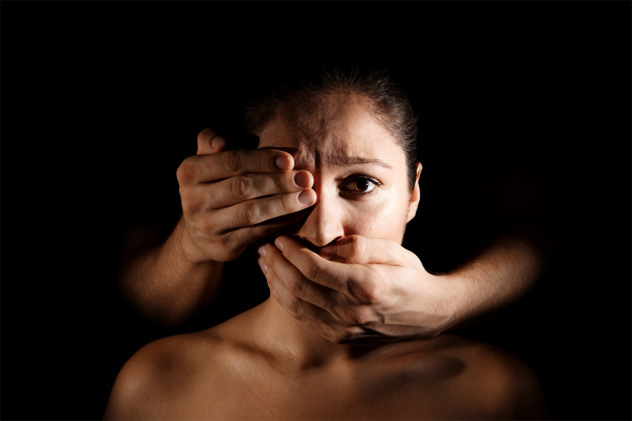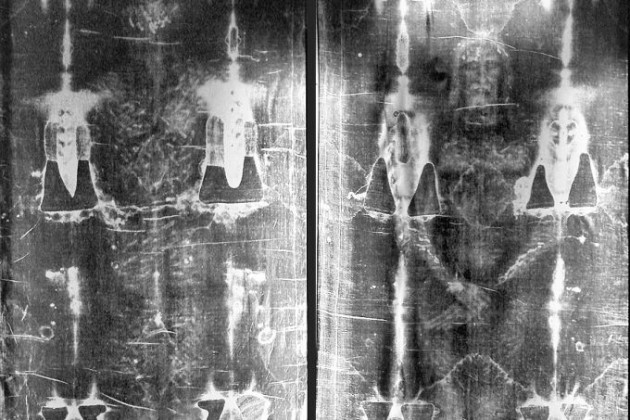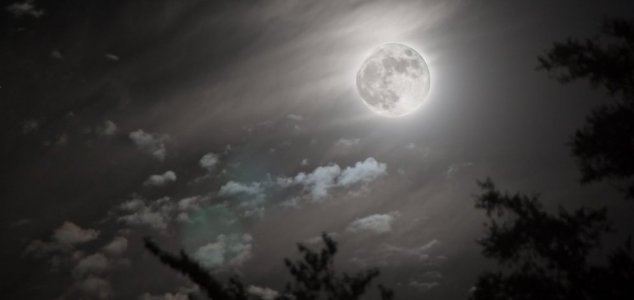| Pai Hsiao-yen | |
|---|---|
 |
|
| Born | Pai Hsiao-yen 23 June 1980 |
| Died | 20 April 1997 (aged 16) Taipei County, Republic of China |
| Nationality | |
| Ethnicity | Taiwanese Japanese |
| Citizenship | |
| Education | Hsing Wu High School |
| Parent(s) |
|
Pai Hsiao-yen (traditional Chinese: 白曉燕; simplified Chinese: 白晓燕; pinyin: Bái Xiăoyàn; Wade–Giles: Pai Hsiao-yan; 23 June 1980 – 20 April 1997) was the only daughter of popular Taiwanese TV host and actress Pai Ping-ping and Japanese author Ikki Kajiwara.
Contents
- 1 Abduction, murder, and island-wide manhunt
- 1.1 Abduction
- 1.2 Murder
- 1.3 Island-wide Manhunt
- 2 Protests and Resignations
- 3 References
- 4 External links
Abduction, murder, and island-wide manhunt
Abduction
Pai Hsiao-yen disappeared after leaving for her school, Hsing Wu High School, on the morning of April 14, 1997. Her family received a ransom request of US$5,000,000 (about $7,350,000 in 2015) along with a severed piece of her little finger and a photograph of a bound girl.
Press in Taiwan first reported the incident on April 23, 1997, which contradicted the accepted practice of reporting the kidnapping after its resolution. Some of the pre-planned ransom drops were aborted when kidnappers spotted police and media tailing Pai Ping-ping. However, after the abductors negotiated with the police for 11 days and changed the locations of payment more than 20 times, the police finally decoded the communication methods used by the abductors. In the subsequent police raid, one suspect was arrested while two others escaped after an intense gun fight with the police.
Murder
Pai Hsiao-yen’s mutilated body, weighted down with dumbbells, was found in a drainage ditch on April 28, 1997. Investigators said that she had been dead for ten days before her body’s discovery. Ransom negotiations had continued after the likely time of Pai’s death; an impersonator placed a telephone call to give Pai Ping-ping the impression that her daughter was alive. Tim Healy and Laurie Underwood of Asiaweek said that Pai was “apparently tortured” before her death.[2] The photograph of her naked dead body was leaked to the mass media, including the China Times which printed it.
Twelve accessories were arrested, but three of the main criminals, Chen Chin-hsing (陳進興; 陈进兴; Chén Jìnxīng), Lin Chun-sheng (林春生; Lín Chūnshēng), and Kao Tien-min (高天民; Gāo Tiānmín) escaped. A fourth person, Chang Chih-hui (張志輝; Zhāng Zhìhuī, Chen’s brother-in-law) was suspected of involvement, but his sentence was eventually overturned due to insufficient evidence. An island-wide manhunt began and the police were ordered to shoot the suspects without warning if they showed any sign of resistance.
Island-wide Manhunt
While being pursued, the trio abducted a Taipei County councilor in June 1997 and a businessman in August 1997. On August 19, the trio was spotted by two foot patrol police officers on Wu Chang Street (五常街) in Chungshan District, Taipei. A brief exchange of fire ensued and Lin turned the gun on himself after he was shot six times; one of the officers was killed and the other one was wounded. Lin died around 11:55 AM. Reinforcement was immediately rushed to the neighborhood, and more than 800 officers conducted a thorough search, which turned up nothing.
On October 23, Kao and Chen shot and killed a plastic surgeon, his wife, and a nurse after forcing them to perform plastic surgery on them. Kao and Chen eluded a massive police search in early November 1997. A few days later, Kao was spotted by the police and shot himself when police attempted to arrest him on November 17.
The last criminal, Chen Chin-hsing, broke into the residence of a South African military attaché and took the family hostage on November 18, but eventually surrendered to the police after negotiation initiated by politician Frank Hsieh. After being granted media access, Chen confessed to the April kidnapping and other crimes. Chen was executedon October 6, 1999, after being convicted in December 1998 for kidnappings, murders, and multiple counts of sexual assaults.
Protests and Resignations
Demonstrators marched on 4 May 1997 and 18 May 1997,[demanding Lien Chan’s resignation over the rise in violent crime as evidenced by the then-unsolved murders of Pai, Peng Wan-ru and Liu Pang-yu. Eight media organizations, including the China Times, which ran the photograph Pai’s body, were condemned during the first protest.
Lee Teng-hui offered an apology on 15 May 1997, stating Lien would be relieved of his duty as premier and the Cabinet would be reshuffled. Ma Ying-jeou, who was serving as Minister without Portfolio, resigned following the first protest. Lin Fong-cheng, who was serving as Minister of the Interior, also resigned his post following the first protest.Lien Chan resigned his post as Premier on 22 August 1997, as did the director-general of the National Police Agency, Yao Kao-chiao. Lien had repeatedly offered to resign in the wake of the protests; he retained his post as Vice President, however.
Originally posted 2014-05-18 09:35:53. Republished by Blog Post Promoter














